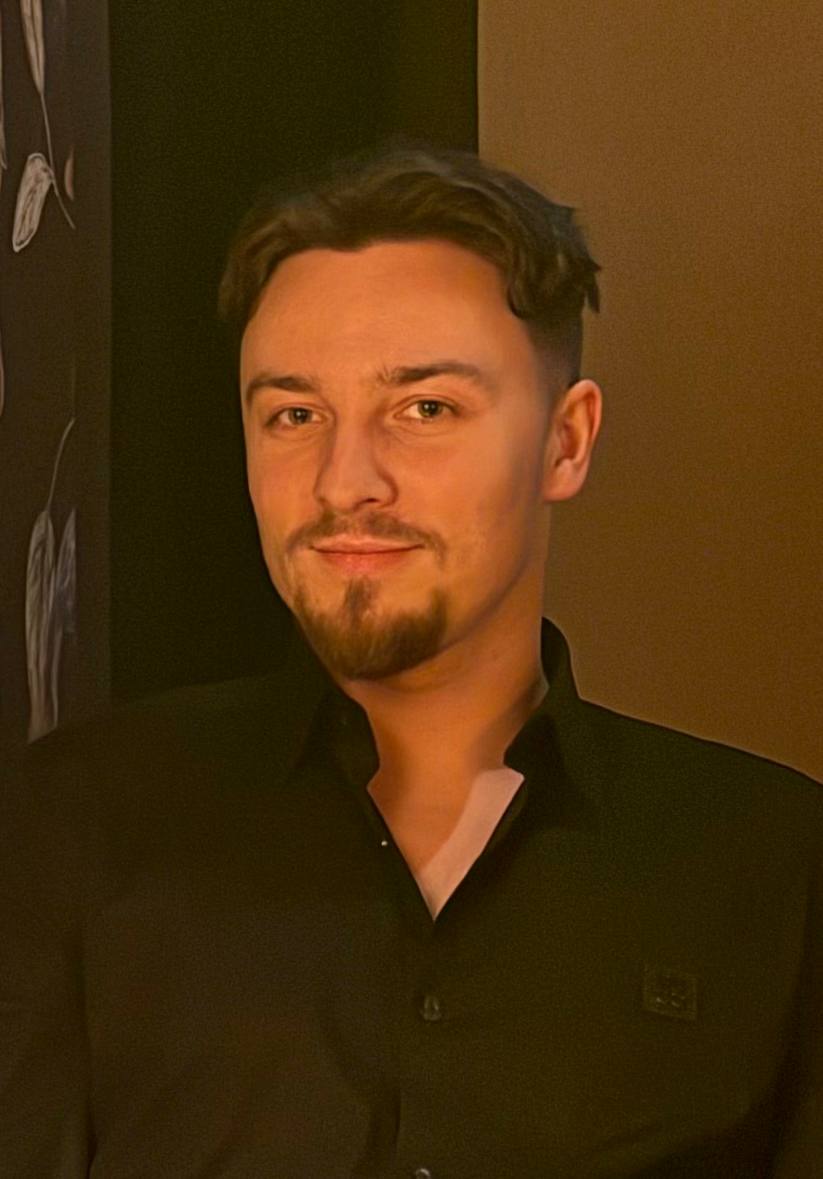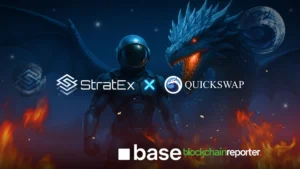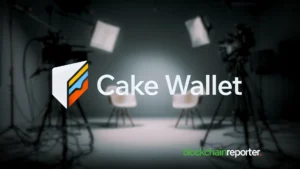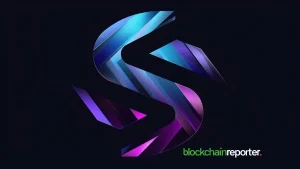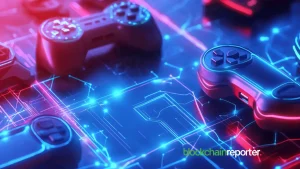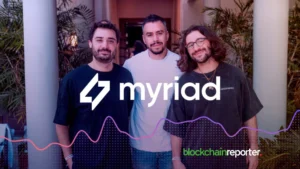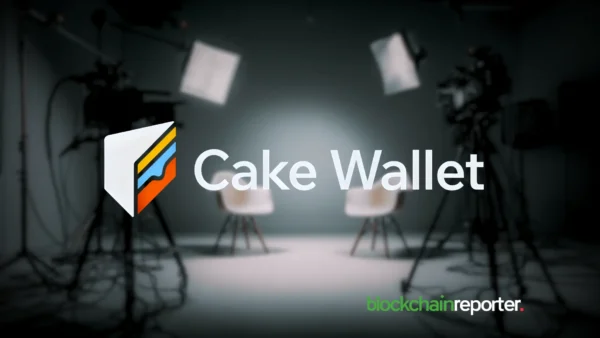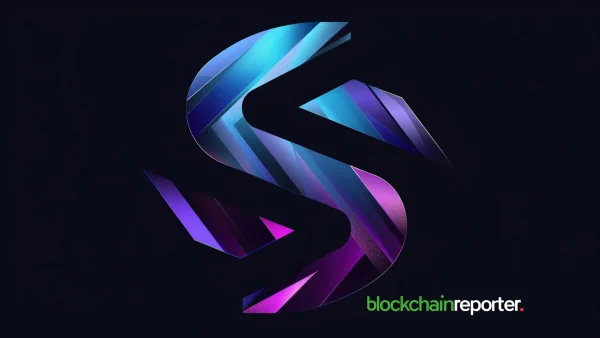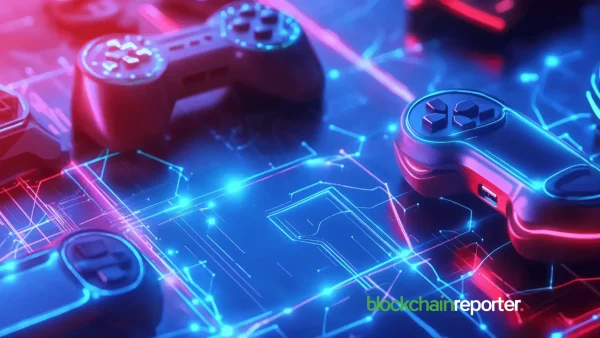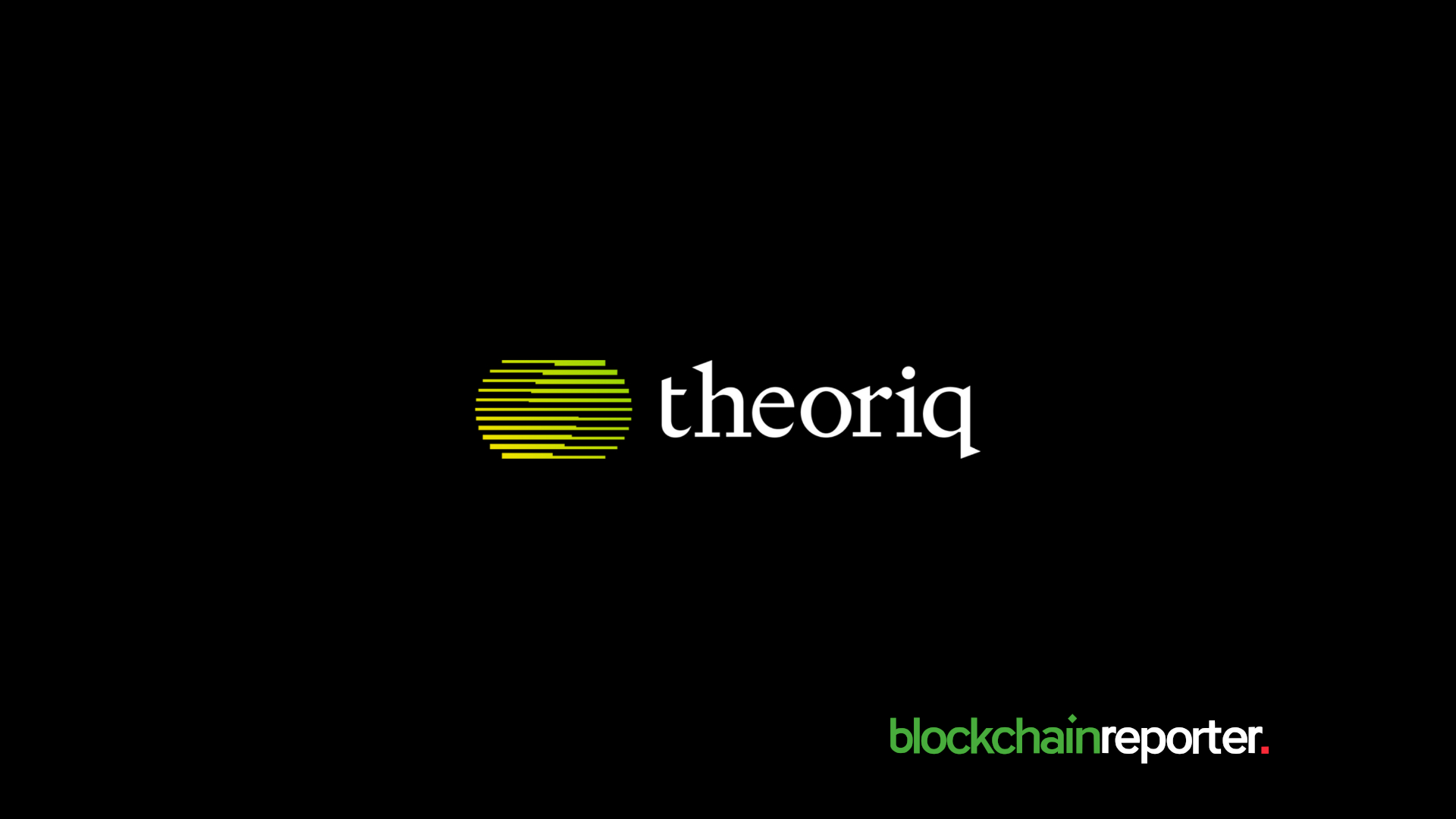
As the blockchain and AI industries converge, the emergence of autonomous agents is redefining how decentralized systems operate. Leading the charge is Theoriq, a protocol pioneering multi-agent AI systems to solve critical DeFi challenges—especially liquidity fragmentation. In this exclusive interview, we speak with Ron Bodkin, Co-Founder and CEO of Theoriq, to explore how AI agent swarms are transforming decentralized markets, what distinguishes Theoriq in the agentic economy, and how their innovative approach is unlocking scalable, transparent, and intelligent financial coordination on-chain.

Q1. Theoriq’s innovative AI agent swarms are significantly contributing to the DeFi sector. What is the inspiration behind them and which issue do they target?
We’ve been researching and building agents and multi-agent systems since 2023, so we have deep experience in this space. As a founding team with deep experience building and scaling AI products we were convinced that AI would be the most impactful technology of our lifetime and we believed it was incredibly important to decentralize them – distributing governance and benefits widely, rather than having them controlled by a few billionaires. Agents represent the next evolution of generative AI systems – we believe that agents that capture the specialized knowledge of individuals will become a standard. Web3 is at the forefront of agents with real utility and economic value because blockchains allow agents to control financial resources and there is a tremendous opportunity to simplify the user experience and deliver real financial value. When multiple agents collaborate as swarms, they can tackle more complex tasks and deliver superior results. In the near future, swarms will analyze, organize and automate nearly every digital process. To stay ahead of the curve, identifying use cases that provide real-world utility is the logical next step for Theoriq. One of the first major use cases we see for swarms is solving the liquidity provisioning challenge in DeFi, where specialized agents can autonomously observe, forecast, and execute complex strategies on-chain.
Q2. As mentioned liquidity provision is a critical challenge in decentralized finance, what is the role of an AI-led AMM manager in handling shortcomings of conventional liquidity management?
Current liquidity solutions in DeFi are complex, require manual oversight, and are fragmented, resulting in higher risk and a fractured ecosystem. These solutions fail to address the core issues, as seen with the Trump coin debacle on Solana, where rapid liquidity movement caused imbalances across the ecosystem. By using a self-improving AI-powered AMM manager, we can enhance capital efficiency, minimize liquidity risk, and boost yield—particularly for smaller projects with niche token pairs and lower trading volume and liquidity depth.
Q3. Based on the continuous evolution in the Agentic Economy, what contribution does Theoriq intend to make in this according to you?
Theoriq’s contribution to the Agentic Economy is now crystallizing in the form of Theoriq Alpha—a decentralized, trust-minimized coordination protocol purpose-built for autonomous agents in DeFi. Having spent the last two years researching and deploying multi-agent systems, we’re now shifting from exploratory deployments to protocolization. Theoriq Alpha enables agents to self-register, communicate, respond to events, and collaborate as economic actors. Through capabilities like on-chain escrow, dynamic swarm formation, and intelligent negotiation, the protocol is designed to support real-world financial use cases such as cross-chain yield optimization, decentralized market making, and intelligent liquidity provisioning. Our next steps are focused on maturing this infrastructure, onboarding external agents, and accelerating ecosystem adoption. In short, we believe Theoriq’s role is to serve as the foundational layer for the Agentic Economy—where autonomous agents become native, coordinated participants in decentralized markets.
Q4. Can you highlight some key misconceptions concerning DeFi and AI and how does the cutting-edge approach of Theoriq differs from present narratives concerning AI-led trading?
Agents initially emerged in DeFi as personality-driven, meme-like trading tools, but this proved short-lived due to their unsustainable utility. Unfortunately, meme coins have recently played a negative role in AI/Web3, with liquidity rapidly shifting and being drained. As a result, agents became associated with this narrative. However, we’re now seeing a shift, with agents evolving to provide more advanced utility. They are now coordinating to address issues like memecoin liquidity imbalances, fragmented liquidity, and impermanent loss. While agents’ first iteration in DeFi may have been reactive and inefficient, it has paved the way for solutions that are now tackling real problems in the space.
Q5. How do the multi-agent coordination and reinforcement learning of Theoriq’s OLP Agent Swarm work together for optimized liquidity?
We are framing optimized liquidity as a reinforcement learning (RL) problem. Our swarms of agents learn and adapt based on real-time market dynamics, offering a competitive advantage over static AMM models that can’t adjust to changing liquidity needs.
Specifically, we see agents in DeFi as continuously ingesting market data, such as liquidity pool imbalances, volatility indicators, and social media signals and then using AI to develop policies that dictate when to enter, exit, or adjust liquidity positions. Through backtesting on historical data and live experiments, the agent refines strategies iteratively, ensuring effectiveness. As DeFi markets are volatile, the agent adapts to shifting liquidity demands, slippage, and arbitrage opportunities, enabling continuous optimization of liquidity management.
Q6. What are new challenges and how to counter them while developing AI agents when it comes to liquidity provisioning?
In Web3, there is an overwhelming amount of data—from on-chain transactions and events to social signals and community discussions. The difficulty lies in sifting through the noise to identify the valuable “needle in the haystack”—the specific signals that will enable an agent to act decisively. There are three primary hurdles to overcome, ensuring that agents can access high-quality, relevant data, identifying which signals provide the most value for decision-making, and building agents capable of dynamic decision-making.
Q7. To deal with liquidity fragmentation, what is Theoriq’s approach and how does it communicate with diverse DEXs?
Theoriq has built a modular, decentralized system where autonomous agents can coordinate and optimize liquidity across decentralized markets. This is done through the OLP Agent Swarm, which autonomously adjusts liquidity positions across different DEXs using real-time data, price forecasts, and other signals. The integration with DEXes relies on agents having secure wallets that are held in a vault with appropriate guardrails, and using them to interact with the underlying smart contracts of the DEX (the ability to call smart contracts is provided as a tool that the agent can use to execute its strategy).
Q8. Can you point toward Theoriq’s distinction among AI-led trading ecosystems in facilitating agent collaboration?
Theoriq is focused on allowing agents to collaborate to create meaningful long-term value for stakeholders – rather than chasing the next hot memecoin, it enables agents to specialize, whether in detecting valuable signals, formulating good strategies, or in taking actions. Agents are capable of adaptive learning, continuously analyzing new market data to refine and adjust their strategies in real time. This responsiveness allows them to remain effective in rapidly changing market conditions. The end result is that Theoriq swarms can identify the most efficient execution paths, helping reduce costs and maximize returns. The autonomous nature of agents streamlines operations by minimizing the need for human intervention, improving overall system efficiency and ensuring quick response to capitalize on opportunities.
Q9. Keeping in view the criticism that AI faces in the financial sector for opacity, what is Theoriq’s strategy to ensure trust and transparency in AI-powered liquidity management?
Theoriq is building a protocol-native reputation and audit system to ensure trust and transparency in AI-powered financial swarms such as liquidity management. Agent actions—such as liquidity shifts and strategic decisions—will be logged on-chain or anchored off-chain for verifiability. Independent evaluator agents will assess performance outcomes, contributing to a transparent, persistent reputation profile. This allows the ecosystem to surface high-performing agents and deprioritize underperformers. By designing this accountability layer into the protocol from the ground up, we aim to create a trust-minimized, auditable foundation for autonomous financial agents.
Q10. How does Theoriq interact with market participants, developers, and liquidity providers to guarantee that the solutions it provides meet the real-world demands?
To ensure Theoriq delivers solutions that meet real-world needs, we’re designing the protocol in close collaboration with agent developers, agent frameworks, decentralized AI infrastructure providers, liquidity providers, DeFi protocols, market participants, and data providers. These groups are central to how agents operate—whether through executing strategies, supplying actionable signals, or integrating with DeFi infrastructure. We’re building open SDKs, transparent performance tracking, and modular agent components to enable extensibility and real-world utility. Feedback loops—through developer channels, integration partners, and evaluator agents—are being embedded directly into the protocol. High-performing contributors will be recognized and rewarded through protocol incentives, creating a dynamic ecosystem that continuously adapts to on-chain demands.
